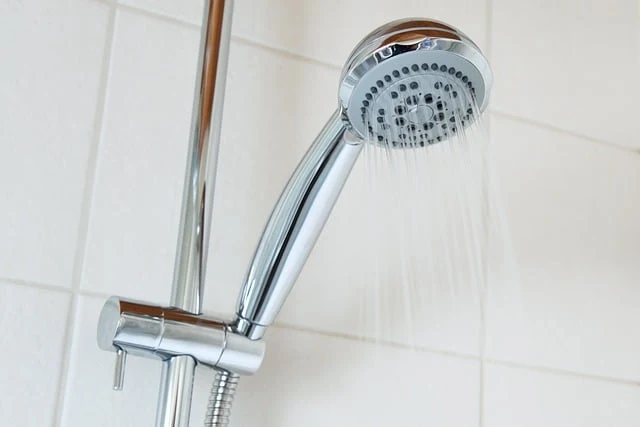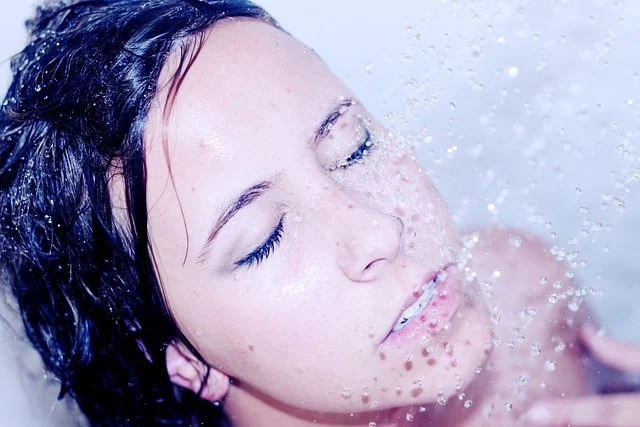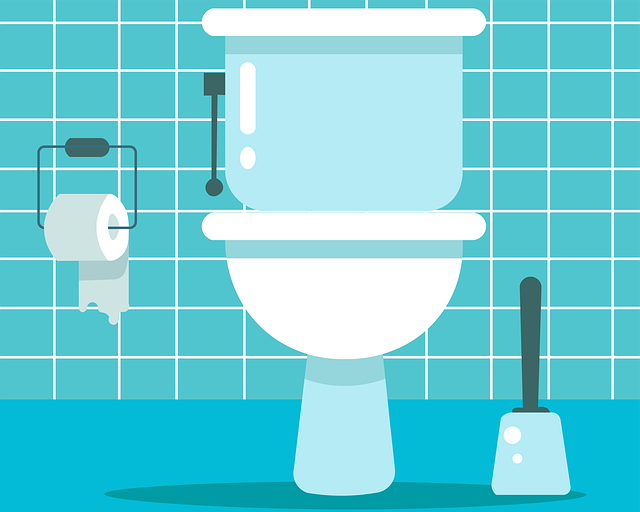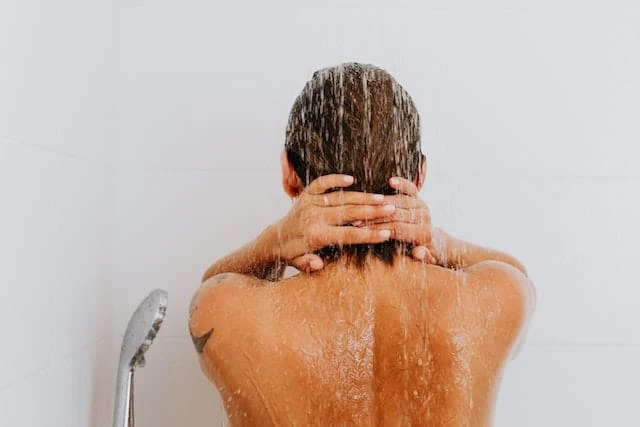The debate over peeing in the shower continues, with many advocating for the practice due to its water-saving benefits. However, Dr. Alicia Jeffrey-Thomas, a pelvic health specialist, warns that for those assigned female at birth, this habit could have unintended health consequences.
The Water Conservation Argument

One of the strongest arguments for urinating in the shower is its potential to save water. By eliminating the need for a separate toilet flush, a person could save approximately 2,190 liters (579 gallons) of water per year. If the entire U.S. population adopted this practice, it could lead to an annual water savings of 699 billion liters (185 billion gallons). This significant reduction in water consumption highlights the environmental advantages of shower urination.
Potential Health Risks: The Pelvic Floor Connection
Despite the environmental benefits, the potential health consequences of this habit must be considered. Dr. Jeffrey-Thomas explains in a TikTok video that regularly peeing in the shower may lead to pelvic floor and bladder control issues.
The Pavlovian Response
Dr. Jeffrey-Thomas likens this habit to Pavlov’s classical conditioning experiment, where dogs learned to associate the sound of a bell with food. Similarly, repeatedly urinating in the shower can train the brain to link the sound of running water with the urge to pee. This association may result in involuntary urination triggered by running water sounds, such as a faucet, toilet flush, or even rain.

Pelvic Floor Dysfunction Risks
For individuals with existing pelvic floor dysfunction, this learned association can exacerbate bladder control problems. Dr. Jeffrey-Thomas explains that urinating while standing in the shower does not allow the pelvic floor muscles to fully relax, potentially leading to incomplete bladder emptying. Over time, this can contribute to urinary retention and increase the risk of urinary tract infections (UTIs).
Some argue that squatting while urinating in the shower might alleviate pelvic floor strain. Dr. Jeffrey-Thomas acknowledges that a full squat position allows for better pelvic floor relaxation, but she still advises against making shower urination a habit. If one must urinate in the shower, a proper squatting position is preferable to standing.
Why Doesn’t Toilet Flushing Trigger the Same Response?

A common question is why flushing the toilet doesn’t condition the brain in the same way. Dr. Jeffrey-Thomas clarifies that by the time a person flushes the toilet, they have already urinated, so no association is formed. However, individuals who struggle to resist the urge to urinate when exposed to running water may already have underlying bladder control issues.
Understanding Pelvic Floor Dysfunction

Pelvic floor dysfunction is a common condition, particularly among women. The pelvic floor is a group of muscles that support the bladder, uterus, rectum, and other organs. Dysfunction occurs when these muscles become too weak or too tight, leading to symptoms such as:
- Urinary and bowel incontinence
- Lower back pain
- Pain during intercourse
- Increased urgency or frequency of urination

Factors such as childbirth, surgery, aging, obesity, and high-impact activities can contribute to pelvic floor dysfunction. Given that urinating in the shower might worsen symptoms, individuals should be aware of these risks before adopting the habit.
The Biological Factor: Why Female Anatomy Matters
Dr. Jeffrey-Thomas emphasizes that those with female anatomy are not designed to urinate while standing. Unlike male anatomy, where the positioning allows for better bladder emptying while standing, females may struggle to fully relax the pelvic floor in this position. This can lead to incomplete bladder emptying, increasing the risk of UTIs and other urinary complications.
Pros and Cons of Peeing in the Shower

Pros:
- Water conservation: Reduces toilet water usage significantly.
- Convenience: Saves time, particularly during a rushed morning routine.

Cons:
- Pelvic floor health risks: May contribute to bladder control issues and pelvic dysfunction.
- Conditioned response: Can create an involuntary urge to urinate when exposed to running water.
- Sanitation concerns: While urine is mostly sterile, it can still contain bacteria that may pose hygiene risks.

The Bottom Line
While peeing in the shower may seem like an eco-friendly and convenient habit, it is important to weigh the potential health risks. Dr. Alicia Jeffrey-Thomas’s insights serve as a reminder to consider the long-term effects of our daily routines. Striving for sustainability should not come at the cost of personal health. Ultimately, making an informed decision based on both environmental and health factors is key to maintaining overall well-being.
Elon Musk Takes Aim At Woke Colleges, Accuses Them Of Promoting “Full-On Communism”
Famous businessman Elon Musk is in the news once more, this time for his vocal criticism of American colleges for allegedly pushing socialist doctrines. Musk has voiced his worries about the direction American higher education is going in an interview.
Musk, who is well-known in the IT sector for his inventiveness and leadership, did not hold back when expressing his concerns about what he sees as a concerning trend in academics. According to Musk, “it’s full-on communism and a general sentiment that if you’re rich, you’re evil.” He continued by expressing his displeasure with “neo-Marxist” influences in schooling.

One of Musk’s children has grown away from their wealthy father, which has caused tension in their relationship. This is a direct result of Musk’s candid opinions on capitalism and riches. Vivian Jenna Wilson, Musk’s transsexual daughter, 18, decided to alter her name in order to distance herself from the Musk family’s history. Citing differences in their values, she stated that she want to stay away from her biological father.
“It may change, but I have very good relationships with all the others [children],” Musk said, despite acknowledging the difficulties in his relationship with Vivian. Despite the difficulties in his personal life, Musk has managed to retain good relationships with the majority of his nearly ten children from different relationships.
This incident brings to light a larger worry held by many Americans who respect their personal liberties and minimal government involvement. Recent surveys show that more people, especially younger ones, are beginning to embrace socialist and communist ideas. While 41% of all adults currently have a good opinion of socialism, less than half of 18 to 34-year-olds have a positive view of “capitalism.”
The growing popularity of politicians who support socialist measures, such as Alexandria Ocasio-Cortez and Bernie Sanders, is indicative of this ideological shift. These extreme ideas have found a home on college campuses, which were once hubs for free speech and a diversity of viewpoints.

Studies have shown that a large number of teachers have left-leaning political views, which may have an impact on the subjects and tenor of their classes. Conservative students frequently express a sense of being sidelined and suppressed during class discussions, which is concerning since it suggests that the educational system is politically indoctrinating pupils.
Given this context, it is not shocking that 36% of college students today say they would rather be a communist; they reject the term “democratic socialism” in favor of a more radical philosophy more akin to communism in the Soviet Union.
Marxist ideas’ effect on the family is another issue that Musk’s tense relationship with his daughter brings up. Marxism aims to dismantle the conventional family unit and replace it with centralized government authority. Future generations’ values and views are shaped by their families, which are the cornerstone of society. Breaking these ties can have long-term effects.
Elon Musk’s critique of American institutions, in conclusion, highlights the spread of leftist ideas in higher education. Along with the apparent bias in academics, the emergence of socialism and communism among young Americans raises significant concerns about the future of our civilization. It is crucial to have frank and open conversations regarding the role of the government and individual liberties in order to make sure that our educational system fosters critical thinking and diversity of opinion rather than ideological conformity.



Leave a Reply